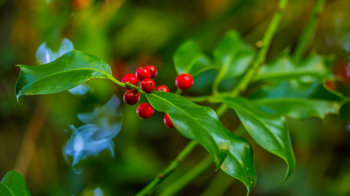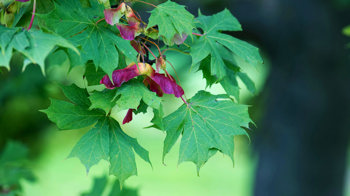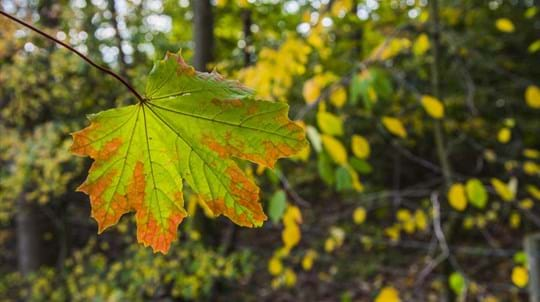
Moat Wood
South Street East Hoathly

Woodland Trust wood
9.99 ha (24.69 acres)
TQ516159
Explorer 123
OS Landranger 199
A classic example of Sussex ancient woodland on the edge of the village of East Hoathly.
Visit in May to hear nightingales and other birds in full song. In the heart of the wood is a medieval moat after which the wood is named, and which is now a scheduled ancient monument.
Features
- Parking nearby
- Public access
- Spring flowers
- Broadleaved woodland
How to get to Moat Wood
Moat Wood is situated on the south west edge of the village of East Hoathly, near Uckfield, East Sussex.
There are two entrances to the wood off South Street and one off the A22.
The wood is just north of the A22 between Hailsham (7 miles away) and Uckfield (5 miles away).
The nearest train station is at Uckfield, approximately 5½ miles away.
For more information on public transport visit traveline.info.
The nearest bus stop is at Paines Farm, East Hoathly, adjacent to the southern entrance to the wood. There are several services a day from Lewes and Uckfield.
For more information on public transport visit traveline.info.
Facilities and access
The entrance to the wood closest to the village can be reached via the public footpath off South Street. The Trust’s ownership starts approx 200m from the road.
There is another entrance approx 300m further along South Street towards the A22 where a wide kissing gate leads directly into the wood.
There is also a stile leading into the wood from the public footpath on the western side of the wood off the A22.
Rides connect all these entrances and allow a short circular walk. The site is level but the ground is frequently waterlogged during wet weather.
The wood has a large population of adders, so dogs and children should be kept under control.
There is no Woodland Trust car park for this wood but cars may be parked in the lay-by close to the entrance nearest to the village.
The nearest public toilets are in Uckfield, approx 5½ miles away.
Wildlife and habitats
Animals
Moat Wood is well known locally for its large population of adders, a rare and secretive species under threat from habitat loss across its UK range. Sharp-eared birdwatchers may also be lucky enough to hear the famous spring melody of the nightingale from late April - another scarce species suffering population declines.
Trees, plants and fungi
The woodland floor comes alive in spring with flowering plants, many of which are closely associated with ancient woodland. These 'indicator' species include bluebell, wood anemone and common cow-wheat which is unusually prolific here.
The wood itself is mostly made up of mature oak with hornbeam, ash, birch, hazel and other broadleaved trees, as well as a small area of planted Scots pine. The rare wild service tree can also be found along the woodbank on the wood's north east boundary.
Habitats
Moat Wood is a typical example of ancient woodland in the East Sussex Low Weald. Most of the site is made up of mature oak woodland, with high forest, areas of coppice and glades providing a variety of light levels to suit different plants and other species.
Unusually for the area, the wood also has an area of wet and boggy alder carr, a rare habitat for Sussex. Look out for mounds carpeted with lush sphagnum moss as well as the dense clusters of greater tussock-sedge. The remnants of a small crop of planted Scots pine also exists within the other trees.
About Moat Wood
Archaeology
Archive evidence for Moat Wood dates back to the 14th century. As you might expect, it takes its name from a medieval moat at the centre of the site. This type of moated site is likely to have been a prestigious domestic or religious settlement containing timber-framed buildings, built between 1250 and 1350. The moat was intended to have been a status symbol rather than a means of defence.
Today the moat is partly filled with water for most of the year, and surrounds a square island covered with mixed coppice. The moat and its surroundings were designated a Scheduled Monument in 2000. There are other moated sites nearby in Waldron, Laughton and Buxted.
Other historic features within the wood include banks, ditches, ponds and a causewayed track, as well as excavations, a saw-pit and culverts, ranging in date from medieval to the 19th century. Parts of the south west and north west boundaries of the wood are also made up of historic wood banks, now home to the nationally rare wild service tree.

A lasting legacy
This wood is just one of many to have been protected by gifts in wills, securing it for generations to come. Your legacy gift could also make a real difference to woods, trees and wildlife.
Learn what your gift could mean


































